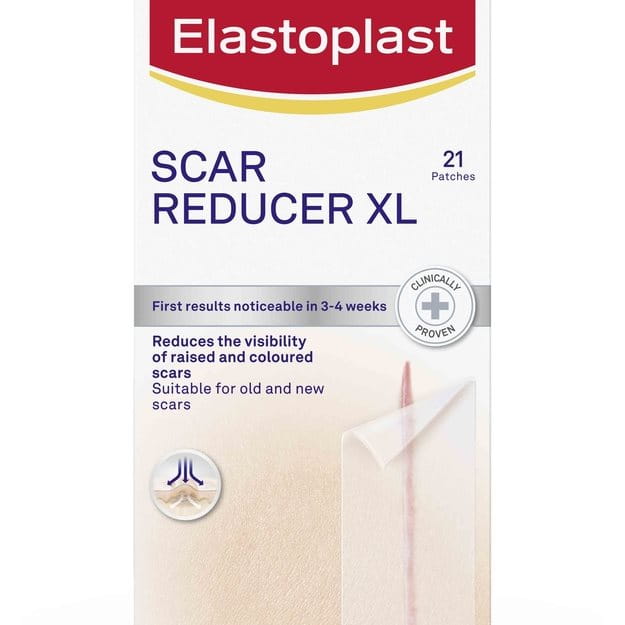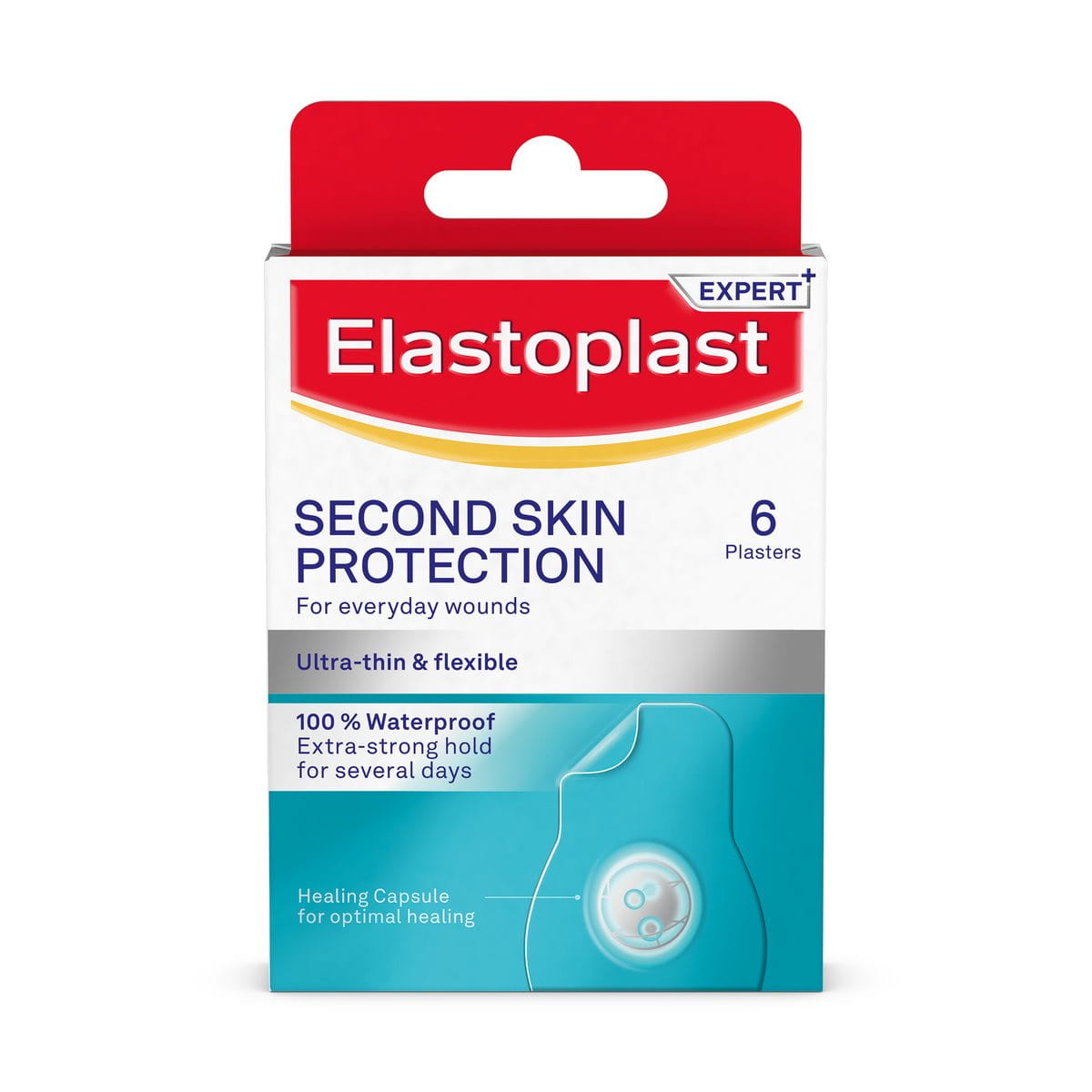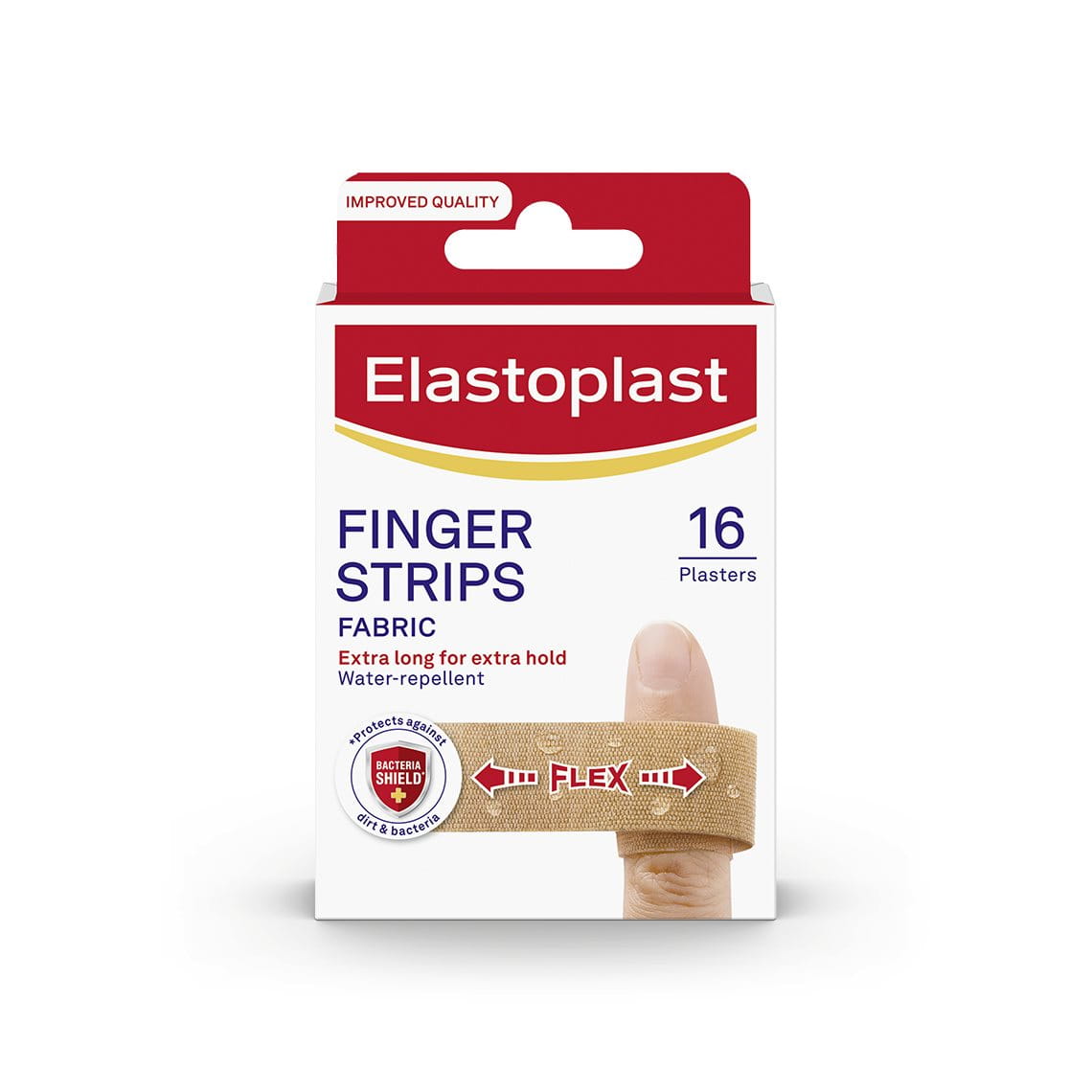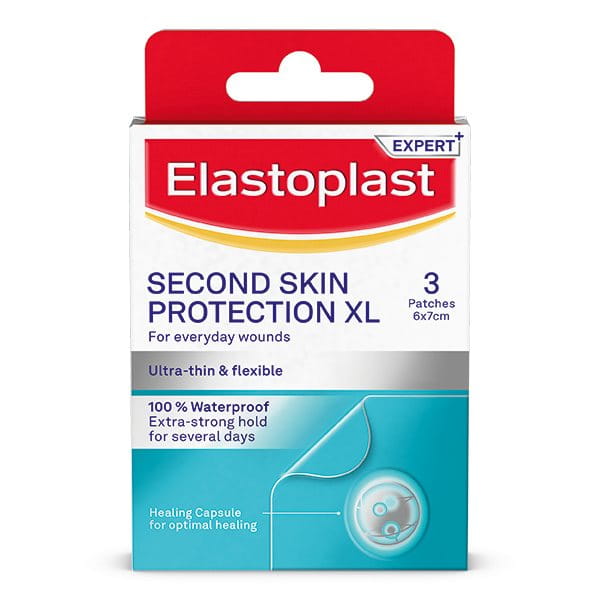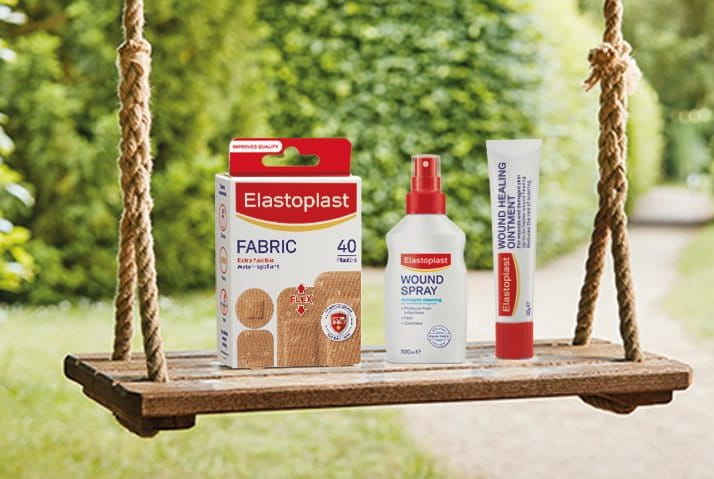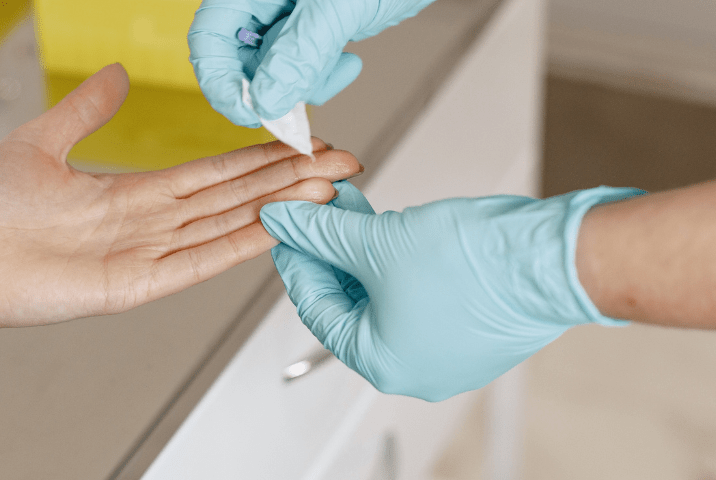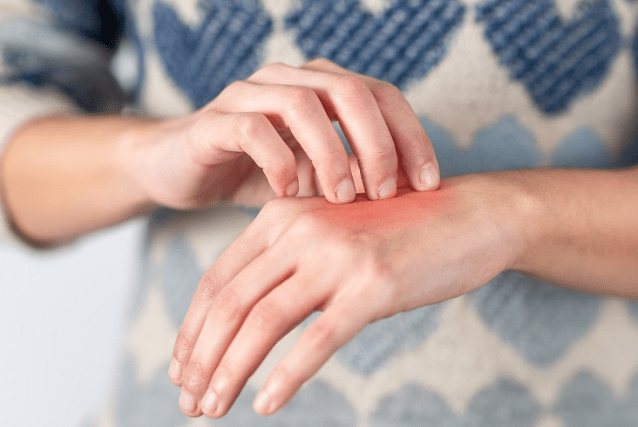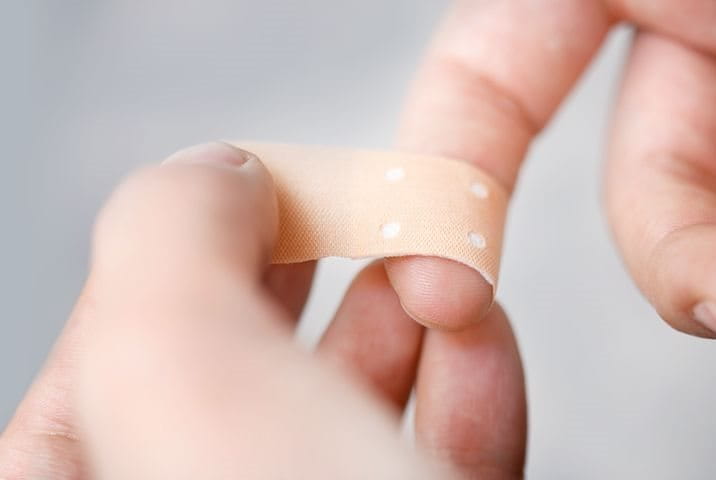Splinters can be caused by many instances, such as by handling wood, metal or when gardening plants with thorns and branches. Some other examples of causes include:
- Falling or sliding on wooden floors
- Butchers sometimes end up with small splinters of bone when handling meat
- Stepping on shards of glass or a plate
- Falling while running and cycling, causing road debris or gravel to enter the skin
- Handling broken or damaged plastic
Foreign bodies can end up inside fingers or feet unintentionally and often happen accidentally during an injury. Oftentimes, people’s jobs can put them at an increased risk of foreign bodies entering the skin, such as carpenters, manufacturing jobs, roofers, bricklayers and gardeners.
